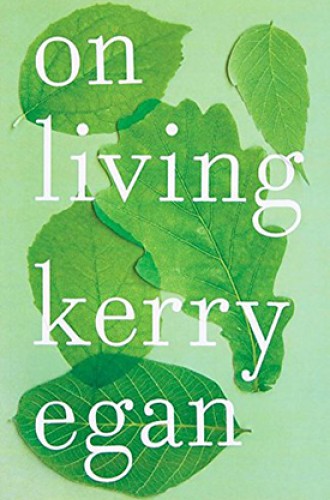Hospice chaplain Kerry Egan asks, “What could hope possibly look like to someone who is dying?” She then answers, “It can mean anything. It could look like everything.” In Egan’s narrative, hope takes many shapes: stories that matter enough to be retold after the storyteller’s death, lives that have meaning and purpose even in suffering, and redemption from shame and regrets.
Amid anecdotes and insights from 15 years of ministry with the dying, Egan recounts multiple scenarios in which people ask her what a chaplain actually does. The book is filled with partial answers: a chaplain creates sacred space, offers spiritual guidance, talks to patients about their families, and surrounds patients with love. “Some chaplains might also be priests and pastors, but in their roles as chaplains, they don’t preach or teach. Instead they create a space—a sacred time and place—in which people can look at the lives they’ve led and try to figure out what it all means to them.” Egan’s book, too, creates such a space for its readers.
This space asks its inhabitants to find a perspective that ends in love rather than critical theories. Egan’s prose is not ideologically heavy. It’s the kind of wisdom that might comfort someone experiencing a pain, suffering loss, or facing death. While belief systems may be filled with arguments and theories, Egan’s perspective is more forgiving, softer, and grayer.






